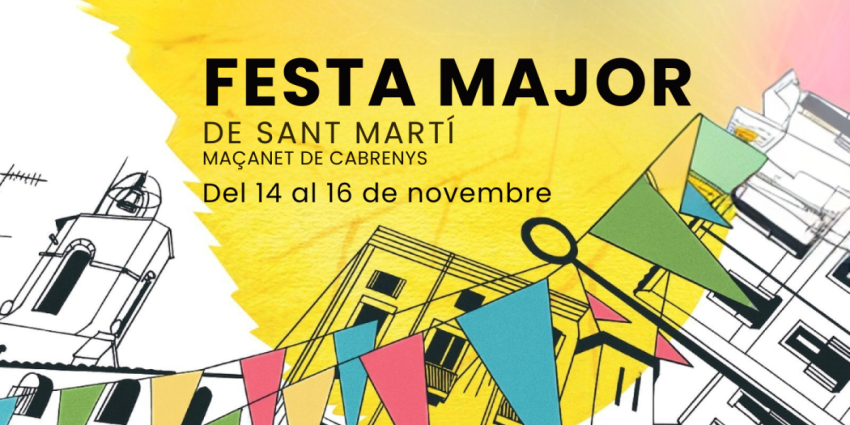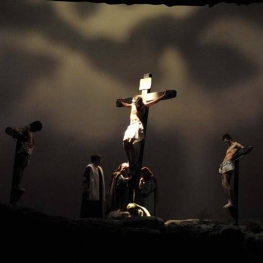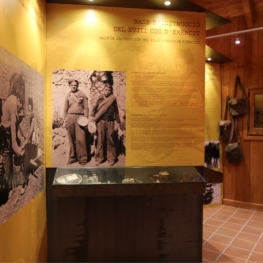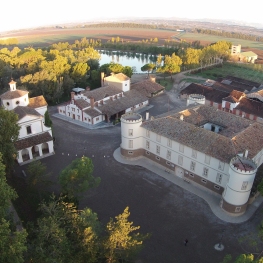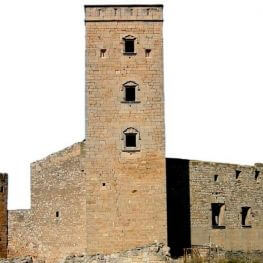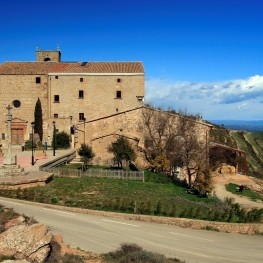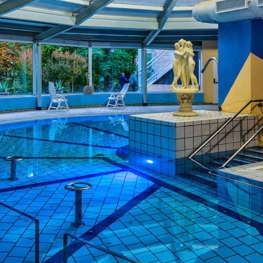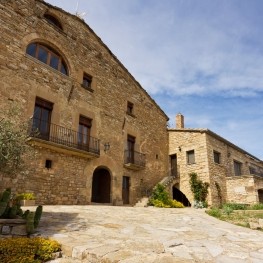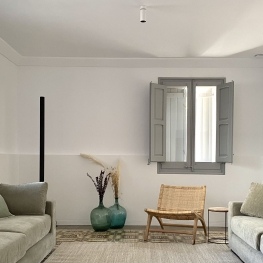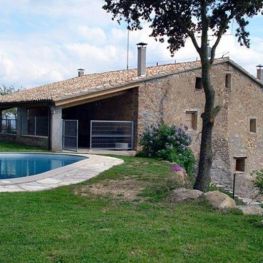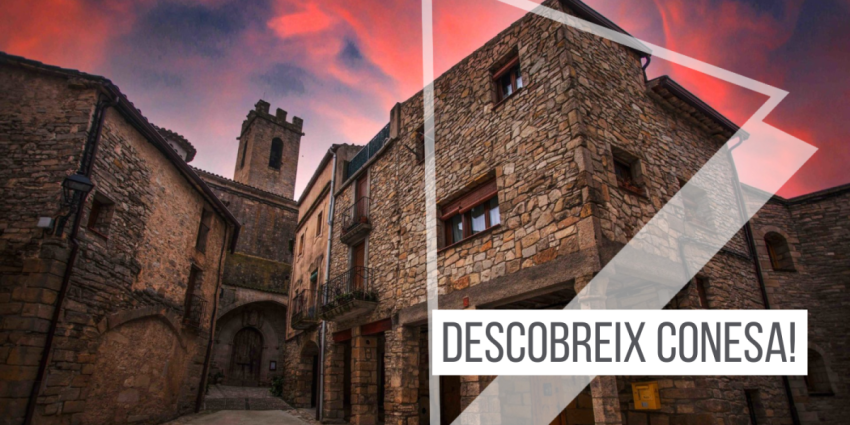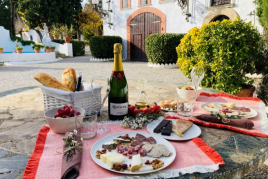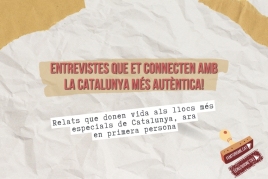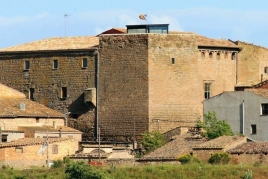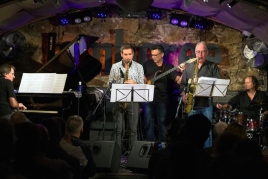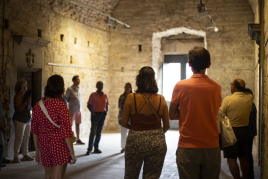Guissona Heritage Route
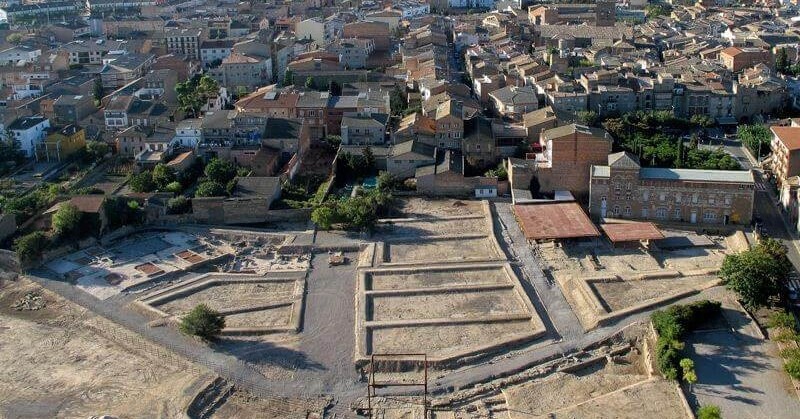
The urban planning of Guissona constitutes in itself a patrimonial element since the structure of the old town is the clearest reflection of the last thousand years of life of the population with some brushstrokes that point to an even more remote past.
Starting from this consideration, apart from a series of singular elements, we must bear in mind the interest of the roads and squares that make up the historical core of the city. Thus, following a chronological sense, we will mention the most characteristic or prominent spaces and streets of Guissona.
Come on!
Capdevila Square is the first element to take into account in this tour of the local heritage. Currently, it is an emblematic square due to the celebration of the celebration of the verbena of San Juan. This place is located at the highest point of the population and served to build the fortified tower, currently missing, which was the embryo of the early medieval nucleus.
Surrounding this space we can find the oldest streets of the population. It should be noted, on the north side, the Ghetto street. This vial, or at least its name, recalls the more or less consolidated presence of Jews in the town during the High Middle Ages. On the opposite side we find the street of Sant Magí, with the Rincon de la Familia, one of the streets with more personality of Guissona.
Following the historical route, and without moving from medieval times, it is worth noting the Olmo street. This road that also leads to Capdevila has since 2012 with the Plaza de San Felipe Neri in the space where there was a modern chapel dedicated to the saint. On the opposite side we find Calle de la Fuente. This street that starts from an element as prominent as the fountains of the town, crosses the Portal del Ángel and goes on a slope to the Plaza Mayor. Halfway along its route, the road widens to form Pere Fages square. This small square currently recalls an illustrious character from the city who became the governor of Baja California in the mid-18th century. In this same place, however, time to this part would have located a rib or gallows to carry out the convicted. Currently, it is necessary to highlight the presence of two buildings of the Novecentista-Modernist style. One of them transformed in the Hotel Piteu recently.
At the end of Calle de la Fuente we find the Plaza Mayor. It is a rectangular open space chaired by the church of Santa María in the east. The other three bands are occupied by private residences that delimit the square with a portico of which there is news already in the seventeenth century. In this square, apart from the church, highlights the Renaissance house of the Erill family built between the 16th and 17th centuries. From the square you can access a small road, the street Shops, basic for the commercial fabric of the city.
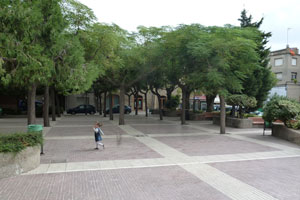 Botigues Street flows into two equally important axes: Bisbal and Fluvià streets. Both began to urbanize at this time although they would not be completed until the following period, in the Modern Age. Currently they stand out for hosting most of the small local commerce and for housing notable buildings that can be located between the 17th and 20th centuries.
Botigues Street flows into two equally important axes: Bisbal and Fluvià streets. Both began to urbanize at this time although they would not be completed until the following period, in the Modern Age. Currently they stand out for hosting most of the small local commerce and for housing notable buildings that can be located between the 17th and 20th centuries.
From the Modern Era and until the first third of the twentieth century, at the urban level, it is necessary to take into account not only the complete construction of the space delimited by the old medieval walls but also for its overcoming, configuring the suburbs. Within this period there was the construction of the Convent of Santa Monica and also the monumentalization of the Sources, among others. Already entering the twentieth century would give the final push to this process of urban expansion, for this reason, an air of late modernism and modernism dominates this set of roads that surround the old town. This aesthetic would also be imposed on the primitive nucleus with the reform of some existing buildings and the rebuilding of others. During this time the last bishop's palace located in the historic center was demolished to give way to the creation of Bishop Benlloch Square and the construction of the City Hall and the Catholic center. In the second half of the twentieth century, before the great urban growth of the last decades, the urbanization of space would be formed next to the sources. It was an esplanade of long tradition that at this time would be configured as the Old Plan square in relation to old equipment such as the hospital.
During the second half of the twentieth century, Guissona has experienced a great urban growth that has led to multiply its original extension by adding a large number of new streets and squares among which the Rambla de los Segadores, Plaza de la Plana, the Millennium Square and Fluvià Park among others.
Singular elements. The footprint of time
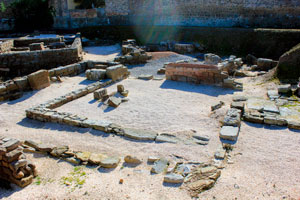 After strolling through the history of the city through its streets and squares, mention must be made of the heritage elements that illustrate this route. Following, once again, a chronological sense, we must begin the journey to classical antiquity, specifically in the II-I century BC when the Roman Republic founded a new population in this place. The remains of this nucleus are visible in the Archaeological Park of the City of Iesso. It is an archaeological site of more than two hectares in the process of excavation that, year after year, giving new clues about what life was like in Guissona two thousand years ago. So far, remains of the northern entrance of the city, part of the wall, a neighborhood of houses with a stately domus, monumental terms and an old winery have been exposed. The whole complex, adding the Eduard Camps y Cava Museum, the center of interpretation of the remains, constitutes a unique equipment in the lands of Lleida.
After strolling through the history of the city through its streets and squares, mention must be made of the heritage elements that illustrate this route. Following, once again, a chronological sense, we must begin the journey to classical antiquity, specifically in the II-I century BC when the Roman Republic founded a new population in this place. The remains of this nucleus are visible in the Archaeological Park of the City of Iesso. It is an archaeological site of more than two hectares in the process of excavation that, year after year, giving new clues about what life was like in Guissona two thousand years ago. So far, remains of the northern entrance of the city, part of the wall, a neighborhood of houses with a stately domus, monumental terms and an old winery have been exposed. The whole complex, adding the Eduard Camps y Cava Museum, the center of interpretation of the remains, constitutes a unique equipment in the lands of Lleida.
The road through the local heritage continues to enter the Late Middle Ages through the medieval Walls and the Angel Portal. In the limit of the historical center in front of the Old Plan square, part of the old visible rest wall integrated in the houses that limit. Following the wall in the west direction leads to the Portal del Ángel. This is the only one of the six portals that gave access to the city that has been preserved. That is to say that throughout the last 30 years it has undergone major transformations and that its original appearance has only been preserved in the lower part, in relation to the arches that constituted the door itself. Both the wall and the portal should be located in the eleventh century, when the conquest of Guissona by the accounts of Urgell and the Bishop of the Seo occurred.
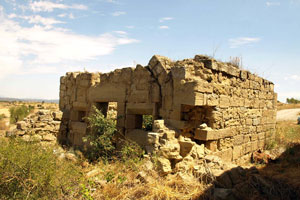 Leaving aside some remains of the old church that have been preserved integrated into the neoclassical temple, the most prominent elements of the middle ages that have reached our day are three small hermitages in the immediate vicinity of the current nucleus. These are the hermitages of San Romano, San Macario and San Pedro de los Pastores. The first two, according to the documentation, would have functioned as small-core churches that have disappeared over time. The third, according to legend, responds to the divine will, since a miraculous appearance to humble shepherds determined it. The three constructions would have occurred between the eleventh and twelfth centuries with many subsequent reforms. From this same moment, the church of San Miguel de Guarda-si-venas, Guissona's added nucleus, stands out. In this chapel, of Romanesque origin but with elements of transition towards the Gothic one venerates the image of the Virgin of the Lateoromànica Milk.
Leaving aside some remains of the old church that have been preserved integrated into the neoclassical temple, the most prominent elements of the middle ages that have reached our day are three small hermitages in the immediate vicinity of the current nucleus. These are the hermitages of San Romano, San Macario and San Pedro de los Pastores. The first two, according to the documentation, would have functioned as small-core churches that have disappeared over time. The third, according to legend, responds to the divine will, since a miraculous appearance to humble shepherds determined it. The three constructions would have occurred between the eleventh and twelfth centuries with many subsequent reforms. From this same moment, the church of San Miguel de Guarda-si-venas, Guissona's added nucleus, stands out. In this chapel, of Romanesque origin but with elements of transition towards the Gothic one venerates the image of the Virgin of the Lateoromànica Milk.
Continuing around Guissona we will pass to the Modern Age to visit the Work of Fluvià. This name serves to identify an unfinished episcopal palace that builds the Urgell miter with Pere de Cardona at his forehead. It is a tardogotic building of great interest that was built at the beginning of the 16th century. Within this period it is also worth noting the Ice Well. It is an underground and cylindrical construction of the seventeenth century designed to conserve winter ice and be able to sell during the hottest months.
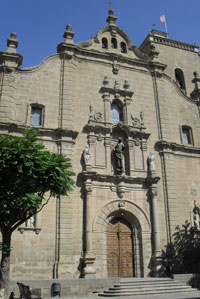 Between the eighteenth and nineteenth centuries there would be the development of three of the most significant spaces in Guissona. These are the interventions that gave the current appearance to the three main sources of the city. Outside the town we find the Fountain of the Lake, converted into a recreational area. Next we will refer to the Source of Health or Fonteta, currently integrated in the walk with the same name. And finally, we find the Fountains of the People. These, as the name suggests, are directly related to the historic center of Guissona and correspond to a monumental complex that has several springs, two laundry rooms and a watering hole, among others.
Between the eighteenth and nineteenth centuries there would be the development of three of the most significant spaces in Guissona. These are the interventions that gave the current appearance to the three main sources of the city. Outside the town we find the Fountain of the Lake, converted into a recreational area. Next we will refer to the Source of Health or Fonteta, currently integrated in the walk with the same name. And finally, we find the Fountains of the People. These, as the name suggests, are directly related to the historic center of Guissona and correspond to a monumental complex that has several springs, two laundry rooms and a watering hole, among others.
In the old town and in the seventeenth century we must highlight San Felipe Neri, an ancient priest who annexed to the Collegiate Church of Santa María and after having been abandoned, the year 2012 was transformed with a square.
Already within the contemporary era we must keep in mind the Church of Santa María. It is a large temple dedicated to the Assumption of the Virgin. This neoclassical building with a certain baroque aftertaste integrates some previous elements such as the bell tower, the chapel of the Holy Christ and the Virgin of the Cloister. The latter corresponds to the chapel of the patron saint of the city and boasts a magnificent Baroque altarpiece chaired by a stone carving of the Virgin of the Cloister.
To end the tour and already well into the Contemporary Age, it is necessary to mention the set of buildings constructed or renovated during the turn of the 20th century and that give Guissona a remarkable modernist-novecentista air. Among the numerous existing samples, it is worth mentioning Plataire lime, Piteu lime, Vaqué lime, Condomines lime, the Catholic Center and the House of the Villa.
Source: Guissona City Hall
You may also be interested in: Guided tours of the towns and cities of Catalonia
What to do
La Passió de Cervera
Cervera (a 13 Km)The Passion of Cervera is a theatrical representation of the life, death…
Memorial de l'Exèrcit popular
Pujalt (a 13.3 Km)The People's Army Memorial in Pujalt invites you to discover the history…
Castell del Remei
Lleida (a 27.3 Km)Discover the Castell del Remei, a century-old winery located on a historic…
Castell de Ciutadilla
Ciutadilla (a 28 Km)Very interesting monument of a strange and arrogant architectural beauty and cradle…
Where to eat
Hostal de Pinós
Pinós (a 21.4 Km)It is the oldest restaurant in Catalonia that has never closed its…
Where to sleep
Hotel Balneari de Vallfogona de Riucorb
Vallfogona de Riucorb (a 24.9 Km)Enjoy the Hotel Balneario de Vallfogona de Riucorb, which has modern facilities…
Les Corts de Biosca
Sant Mateu de Bages (a 27 Km)A well-equipped, comfortable agritourism property with splendid views, just an hour from…
Cal Guineueta
Cubells (a 28.9 Km)A late 19th-century family home recently renovated as a holiday home, close…
Mas Ampurdanés
La Baronia de Rialb (a 28.6 Km)It is located on the outskirts of Pallerols, in the municipality of…

